I’ve recently begun a new project with Karen Anderson who runs the UAV research group at the Exeter University Environment and Sustainability Institute. We’re looking at using commodity technology like android phones for environmental research with drones. Ecology research groups and environmental agencies have started using drones as a replacement for expensive and risky light aircraft for gathering data on changes to landscapes due to climate change and erosion. How can we make tools that are simpler and cheaper for them to set up and use? Can our software also be relevant for children using kites in cities for making their own maps, or farmers wishing to record changes to their own fields themselves?
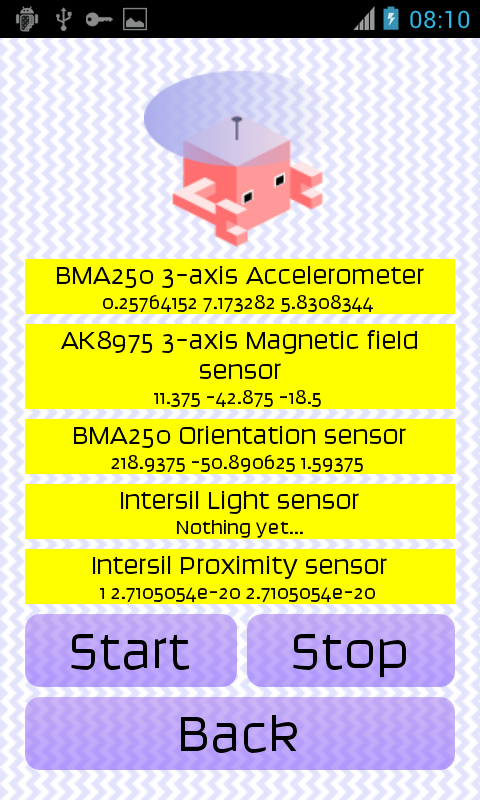
This is a more open ended project than our previous environmental and behavioural projects, so we’re able to approach this with an R&D perspective in relation to the technology. One of the patterns I’ve noticed with this kind of work is that after providing scientists with something that meets their immediate needs, it inspires a ton of new ideas and directions – and I become a bottleneck. Ideally I need to provide something that allows them to build things themselves once they have an understanding of all the possibilities, also adapting to needs ‘in the field’ is an important aspect of the kind of work that they do – which can be in remote locations anywhere in the world.
Some time ago I had a go at porting my musical livecoding language scheme bricks to android for the open sauces project. I’m now applying it as a way of configuring sensor data acquisition and recording by drag/dropping a visual programming language. It’s early days yet, I’m still debugging the (actually rather amazing) android drag/drop API – here are some initial screenshots.
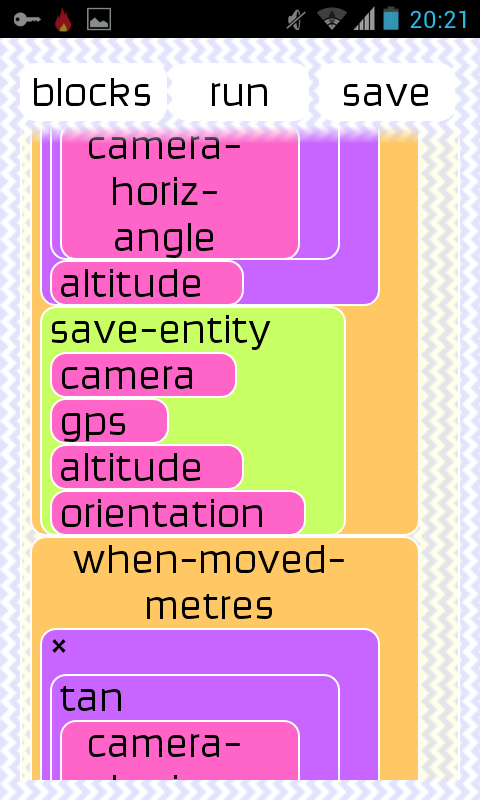
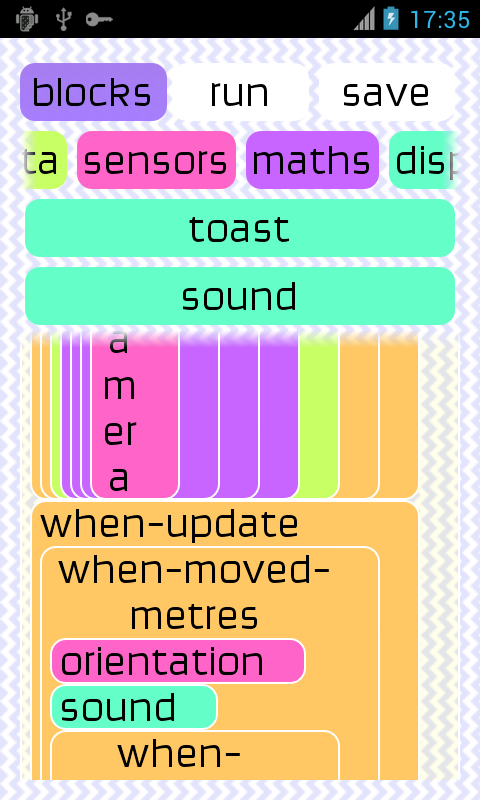
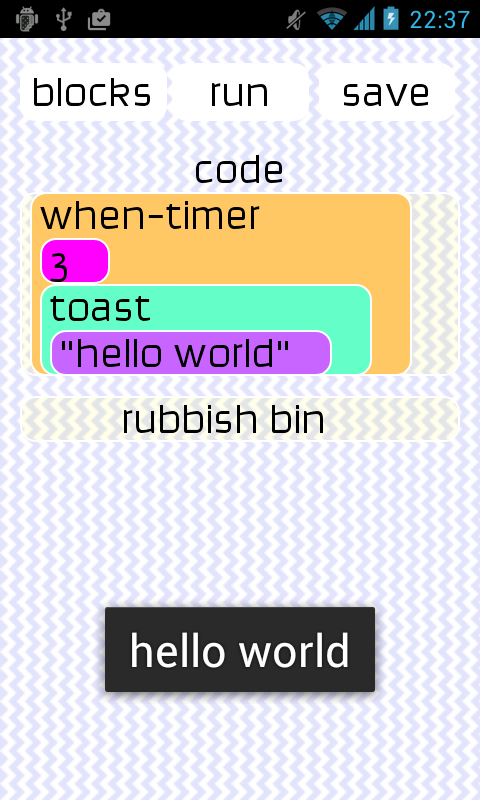
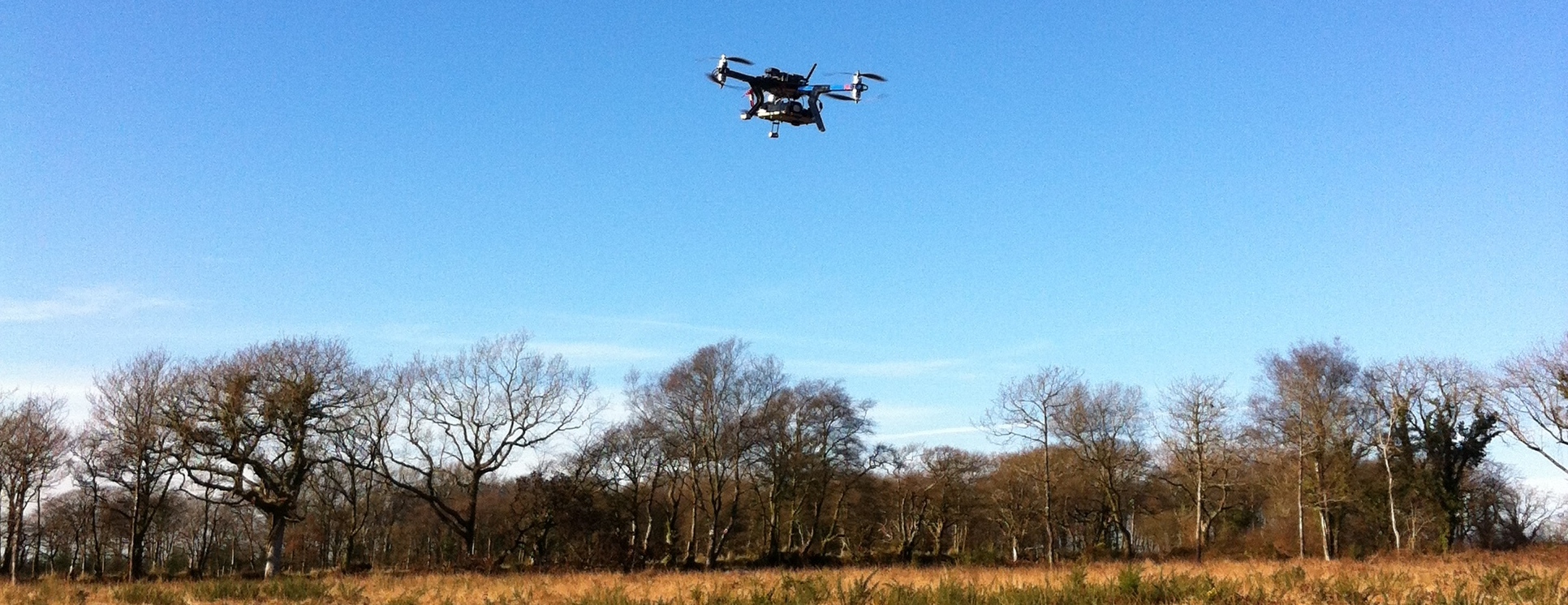
Leave a Reply